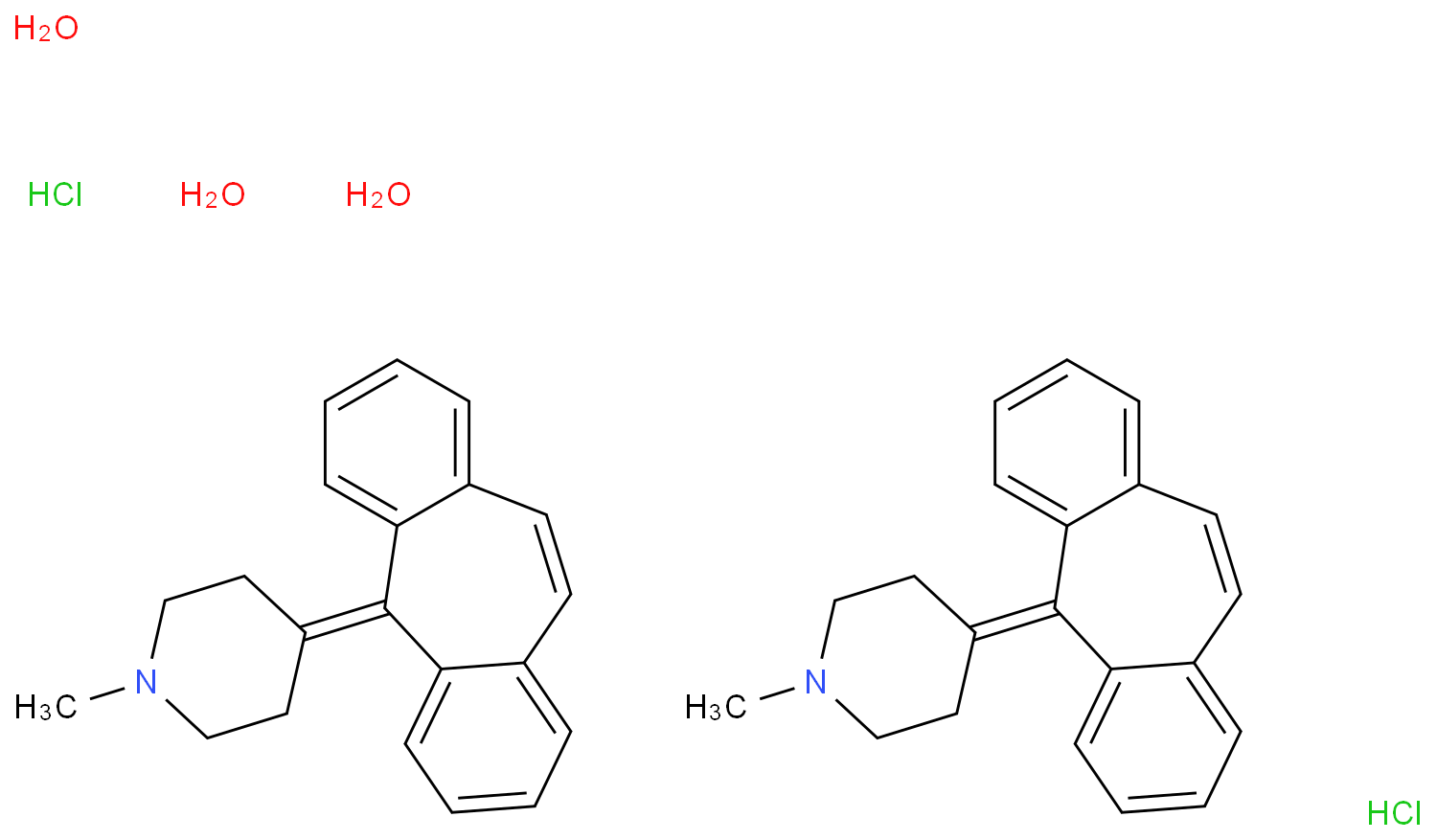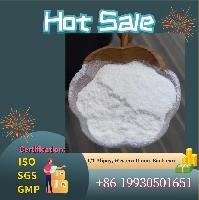Signal: Danger
GHS Hazard Statements
Aggregated GHS information provided by 61 companies from 5 notifications to the ECHA C&L Inventory. Each notification may be associated with multiple companies.
H301 (60.66%): Toxic if swallowed [Danger Acute toxicity, oral]
H302 (39.34%): Harmful if swallowed [Warning Acute toxicity, oral]
H315 (39.34%): Causes skin irritation [Warning Skin corrosion/irritation]
H318 (55.74%): Causes serious eye damage [Danger Serious eye damage/eye irritation]
H319 (39.34%): Causes serious eye irritation [Warning Serious eye damage/eye irritation]
H335 (39.34%): May cause respiratory irritation [Warning Specific target organ toxicity, single exposure; Respiratory tract irritation]
H336 (55.74%): May cause drowsiness or dizziness [Warning Specific target organ toxicity, single exposure; Narcotic effects]
H361 (55.74%): Suspected of damaging fertility or the unborn child [Warning Reproductive toxicity]
H400 (55.74%): Very toxic to aquatic life [Warning Hazardous to the aquatic environment, acute hazard]
H410 (55.74%): Very toxic to aquatic life with long lasting effects [Warning Hazardous to the aquatic environment, long-term hazard]
Information may vary between notifications depending on impurities, additives, and other factors. The percentage value in parenthesis indicates the notified classification ratio from companies that provide hazard codes. Only hazard codes with percentage values above 10% are shown.
Precautionary Statement Codes
P201, P202, P261, P264, P270, P271, P273, P280, P281, P301+P310, P301+P312, P302+P352, P304+P340, P305+P351+P338, P308+P313, P310, P312, P321, P330, P332+P313, P337+P313, P362, P391, P403+P233, P405, and P501

 EN
EN
















